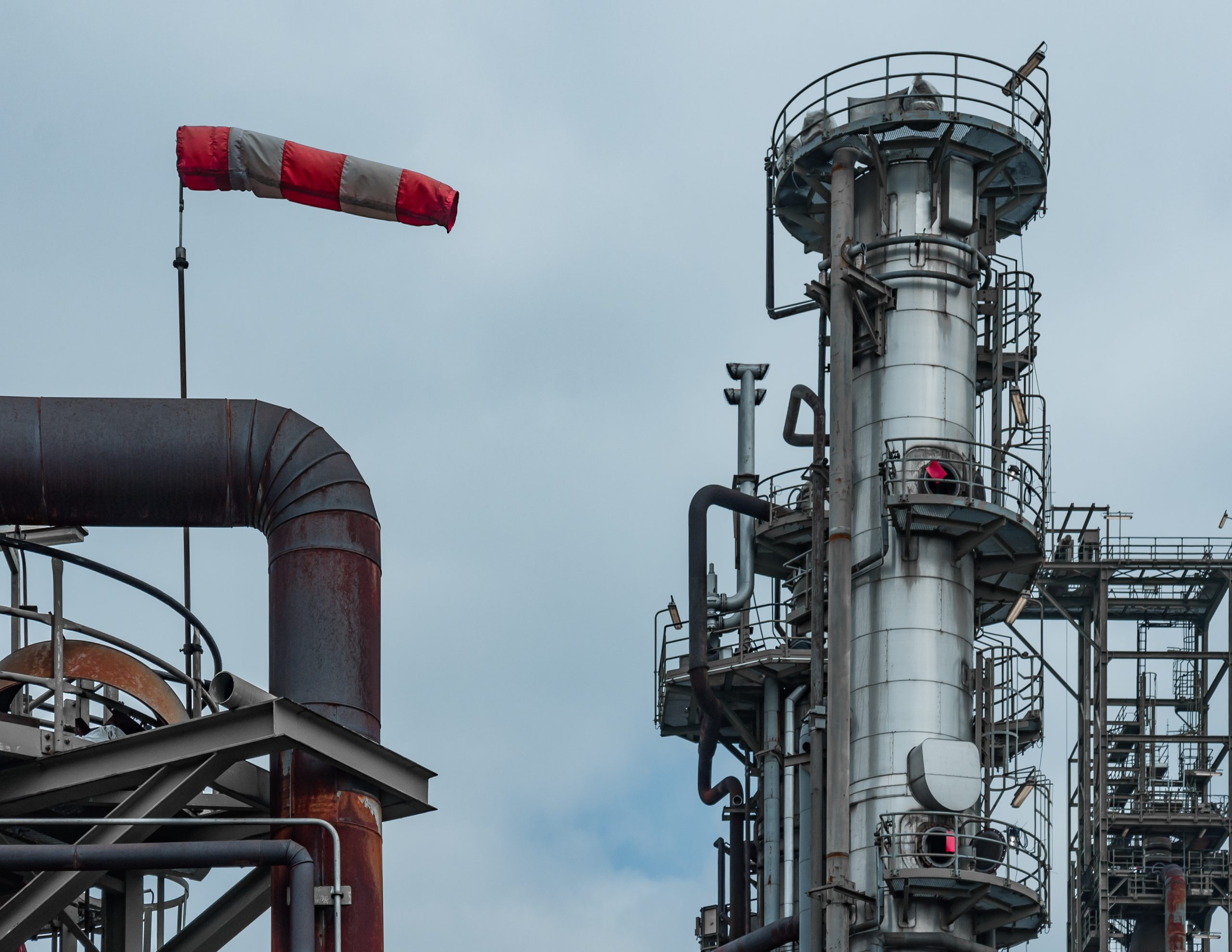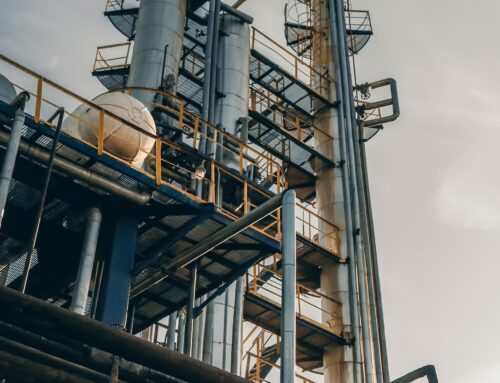
Introduction
In today’s world, where environmental concerns are at the forefront, the packaging industry is undergoing a significant shift towards sustainability. Petrochemical breakthroughs are playing a vital role by developing innovative and eco-friendly materials that minimize the environmental impact of packaging.
Petrochemical Breakthroughs
Petrochemical companies have been investing heavily in research and development to create sustainable alternatives to traditional packaging materials. These breakthroughs not only reduce the dependency on fossil fuels but also enhance the overall recyclability and biodegradability of packaging.
1. Bioplastics
Bioplastics have gained immense popularity due to their ability to significantly reduce greenhouse gas emissions and decrease reliance on non-renewable resources. Derived from renewable sources such as corn starch, sugarcane, or vegetable oils, these plastics can be used to create various types of packaging materials such as clamshells, trays, bottles, and films. Bioplastics have comparable durability and functionality, but with the added benefit of being compostable or easily recyclable.
2. Bio-based Polyethylene
Polyethylene, one of the most widely used plastics, can now be sourced from renewable raw materials like sugarcane ethanol, leading to a product called bio-based polyethylene. This breakthrough has revolutionized the packaging industry as it allows for the production of plastic films, bottles, and containers while reducing carbon dioxide emissions and dependence on fossil fuels.
3. Polylactic Acid (PLA)
Polylactic Acid, commonly known as PLA, is a bio-based polymer made from renewable resources such as corn starch or sugarcane. This material has gained popularity in the packaging industry due to its renewable nature and ability to biodegrade under specific conditions. PLA is widely used for making clear cups, food containers, and packaging films.
Environmental Benefits
The utilization of sustainable packaging materials derived from petrochemical breakthroughs offers several environmental benefits:
- Reduced carbon emissions: By replacing traditional plastics with bio-based alternatives, the release of greenhouse gases is significantly reduced.
- Decreased waste generation: Many sustainable packaging materials are biodegradable or recyclable, leading to a significant reduction in waste sent to landfills.
- Conservation of natural resources: Utilizing renewable resources instead of fossil fuels helps conserve non-renewable resources and reduces the overall ecological footprint.
Industry Adoption and Future Outlook
The packaging industry is gradually embracing these sustainable alternatives and incorporating them into their products. Many companies are recognizing the importance of environmentally friendly packaging materials to meet consumer demands and reduce their ecological impact.
As the demand for sustainable packaging continues to grow, petrochemical breakthroughs will continue to shape the future of the industry. The constant innovation in materials will lead to even more eco-friendly and economically viable packaging solutions.





